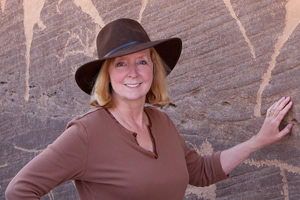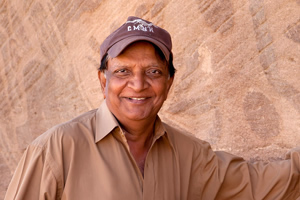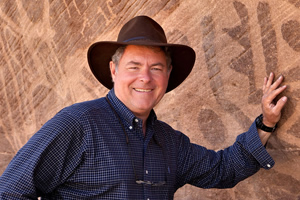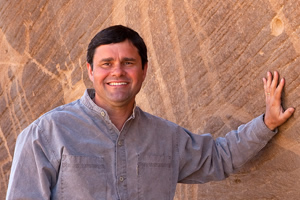Research Team




Web Site Creative Team
Our Web site has been created through the cooperation of the Research Team and a number of very talented people:
• We especially would like to thank Dana Harris, the genius behind our Web site, who, when asked to do the impossible, simply went away for a few days and made it happen! The list would be too long if we tried to describe all that she has accomplished, but the Web site is itself the proof of her achievements. Her colleague Chris Smith is responsible for the layout design of our Web pages. Our editor, Matt Phillips, has worked extensively with Dana and Chris and is responsible for ensuring that our text is correct and as succinct and understandable as possible.
• Randall Sargent and Chris Bartley, computer scientists at the Carnegie Mellon University CREATE Lab, were instrumental in developing GigaPan technology. They have been our primary contacts at the CREATE Lab and have helped us set up our GigaPan presentations on our Web site. We want to acknowledge all of their technical assistance and the fact that the CREATE Lab hosts our GigaPans. Without their continued support, it would be impossible for us to show such large interactive images on our Web site. Randy, Chris and the CREATE Lab continue to expand the horizons for GigaPan capabilities and adaptations to a wide array of scientific endeavors. We are extremely grateful for their talent and their help.
• Our artist, Amanda Zimmerman, is a gifted scientific illustrator who specializes in natural history subjects. She has rendered very accurate and easily interpreted illustrations of the petroglyphs directly from Richard T. Bryant’s and, occasionally, Sandra Olsen’s photographs. Based in Pittsburgh, PA, Amanda has frequently produced artistic works for scientific projects at the Carnegie Museum Natural History, ranging from pen and ink illustrations to charts, graphs and maps. Examples can be seen in The Mollusks: A Guide to Their Study, Collection, and Preservation. She is a member of Guild of Natural Science Illustrators, American Society of Botanical Artists and Pittsburgh Society of Illustrators. Her body of work can be seen at seadragonrealmcom.businesscatalyst.com.
• Our interpreter, Rami Salem, has thoughtfully provided accurate translations of our videos from English to Arabic and from Arabic to English.
• Our volunteer, Stephen Conroy, has generously devoted an enormous amount of time locating references and researching content for the Web site.
• Michael Formica and his company Three Rivers 3D, Inc., have made it possible for us to apply 3D laser imaging to the petroglyphs in this study. Three Rivers 3D, Inc. manufactures standard and custom 3D imaging products and systems used to create digital models from real-world objects. Thanks to a Keystone Innovations Zone Kick Start grant in Pittsburgh, PA, Three Rivers 3D, Inc. was able to donate a scanner and accompanying software to Carnegie Museum of Natural History. Michael trained Sandra Olsen in the operation of the scanner and the processing of the images before our team entered the field. He also produced the 3D videos of our images for this Web site.
• Eric Pree of Cartographika provided GIS services and Javascript assistance in the development of key sections of this Web site.
The Research Team wishes to express its gratitude to the Web Site Creative Team for all of its fine efforts in the production of the Arabian Rock Art Heritage Web site. Any inaccuracies of content are the responsibility of the Research Team.